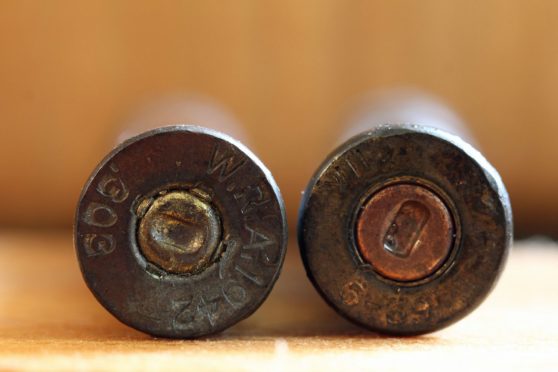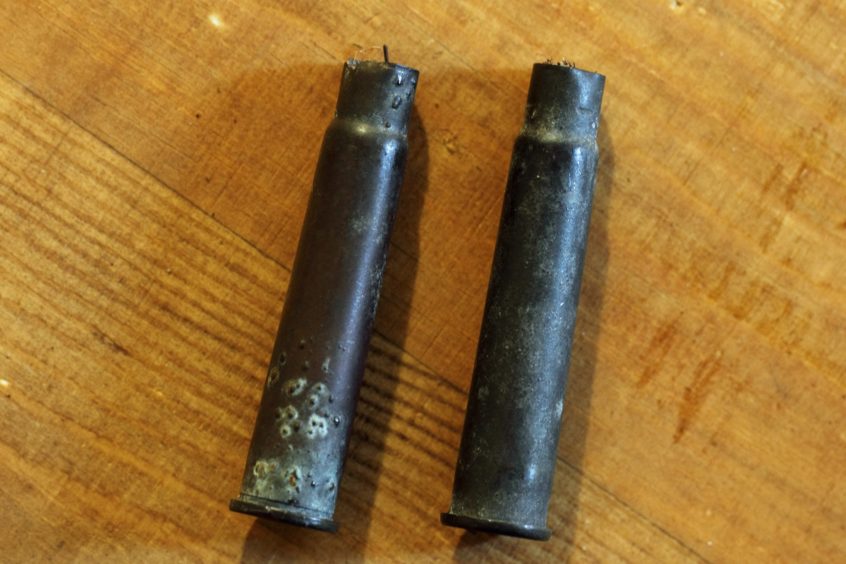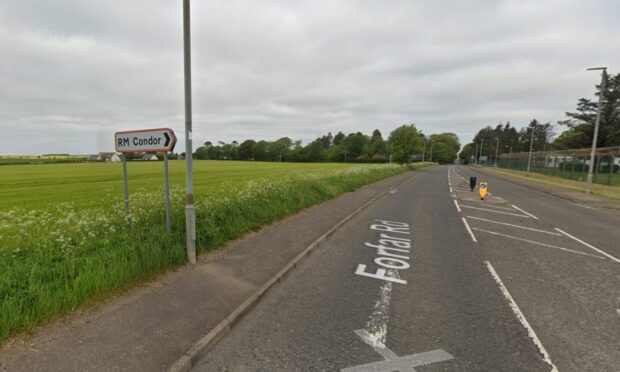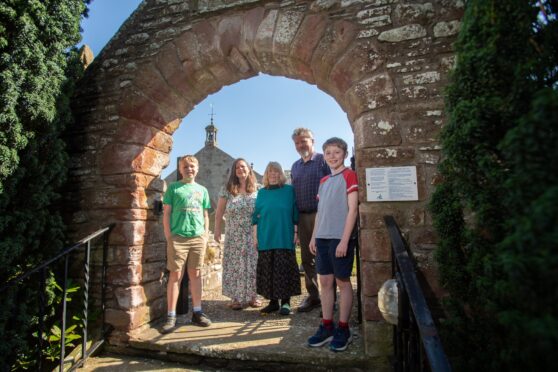Wartime bullets have been discovered at a Mearns nature reserve which is proving to be a magnet for relics from the past.
The brass bullets from 1942 were found next to the old gun emplacement near the dune ridge at St Cyrus National Nature Reserve.
These defences focused around vulnerable stretches of coast, inland vulnerable points, as well as important coastal artillery batteries and dockyards.
Centre manager Therese Alampo said: “There is always something to stir the imagination at St Cyrus NNR.
“These 303 brass bullets from 1942 were found next to the old gun emplacement near the dune ridge by a very eagle eyed, knowledgeable gentleman.
“The bullets were made by Winchester and Remington and shot from Lee Enfield rifles during the second world war.”
The landscape at St Cyrus is constantly shifting, pushing out the northern coastline by up to five metres a year in some spots.
The sea is eroding the dune edge at the south end of the reserve and staff have witnessed remnants from the second world war emerging from the sands.
A French legionnaire’s rifle from the 1800s, which was made in Saint Etienne, was discovered 10 years ago in a sea cave on the nature reserve.
More recently, four large barrel-shaped pieces of lard from a wartime shipwreck washed up at the beach in the wake of festive storms at the start of 2013.
The wreck of the Taurus, known locally as the Rosebury, is thought to lie further up the coast near Johnshaven, with bad weather setting free its contents over the years.
The lard first came ashore on the Mearns coastline in the 1940s and canny locals would scrape it off and fry food with it.
After a storm in the late 1960s or early 1970s the lard came onshore again.
Fishermen in the area were also said to have searched waters close to the wreck for their catch because fish which had fed off the fat had grown well beyond normal size.
SNH staff from St Cyrus remembered lard coming ashore in the early 1980s as well.
In September this year a 1920s tin can of Min cream car and household polish washed up at the nature reserve.
The tin can is the oldest thing ever found on the beach at St Cyrus and astonishingly still had cream inside it when it was discovered.
A drinks can – believed to be from the 1980s – was also found washed up on the sand in August. The pull-top Panda Shandy can was part of a growing trend of “retro rubbish” which has been washing up on UK beaches.










